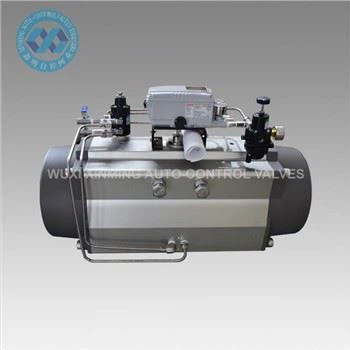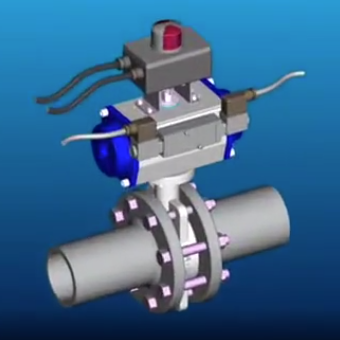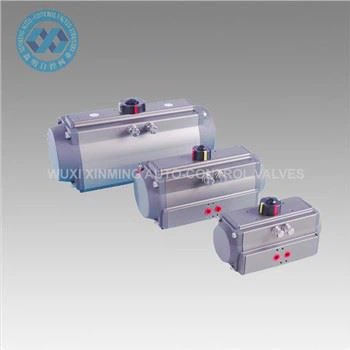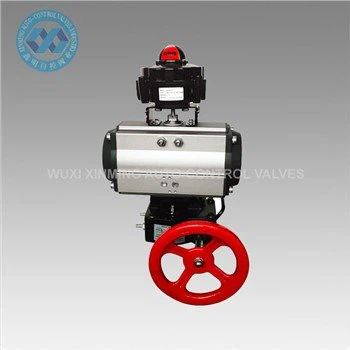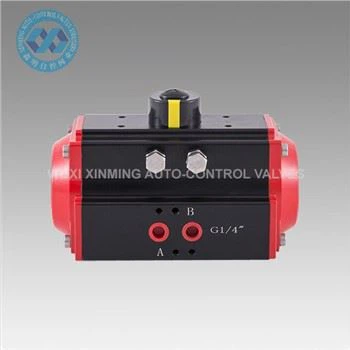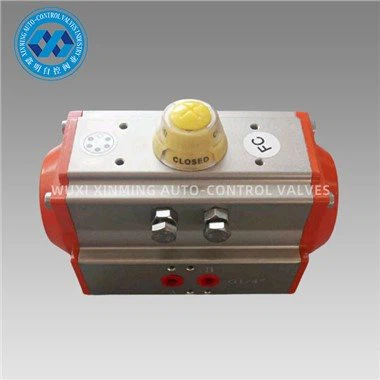Introduction
Pneumatic actuators are widely used in industrial automation due to their simplicity, reliability, and cost-effectiveness. Proper sizing of pneumatic actuators is crucial to ensure optimal performance, efficiency, and longevity of the system. This article discusses the key factors involved in pneumatic actuator sizing, including force requirements, pressure considerations, and dynamic performance.
Key Factors in Pneumatic Actuator Sizing
1. Force and Torque Requirements
The primary consideration when sizing a pneumatic actuator is determining the required force or torque to move the load.
-
Linear Actuators:
- The required force is calculated based on the load and friction:
-
The available force from a pneumatic cylinder is:Where:
- = Operating pressure (psi or bar)
- = Effective piston area (in² or cm²)
-
Rotary Actuators:
- Torque requirements depend on the rotational load and inertia:
- Manufacturers provide torque curves based on air pressure and actuator size.
2. Operating Pressure
- Standard pneumatic systems operate at 80–100 psi (5.5–7 bar).
- Ensure the actuator can generate sufficient force at the available pressure.
- If pressure is too low, the actuator may stall; if too high, it may cause excessive wear.
3. Stroke Length (Linear Actuators) or Rotation Angle (Rotary Actuators)
- The actuator must provide sufficient travel distance or rotation angle for the application.
- Oversizing can lead to inefficiency, while undersizing may prevent full motion.
4. Speed and Cycle Rate
- Actuator speed depends on air flow, pressure, and load.
- Use flow control valves to regulate speed and prevent shock.
- High cycle rates require durable seals and bearings.
5. Environmental Conditions
- Temperature extremes, humidity, and corrosive environments may require special materials (e.g., stainless steel, PTFE seals).
Sizing Steps for Pneumatic Actuators
-
Determine Load Requirements
- Measure or calculate the force/torque needed.
- Include safety factors (typically 1.5–2x expected load).
-
Select Actuator Type
- Linear: Single-acting, double-acting, rodless cylinders.
- Rotary: Rack-and-pinion, vane, or scotch yoke actuators.
-
Calculate Required Bore Size (Linear Actuators)
- Use the force equation to determine the minimum piston area.
-
Check Speed and Air Consumption
- Ensure the air supply can meet flow requirements.
-
Verify Mounting and Compatibility
- Ensure proper mounting and alignment to avoid side loads.
Conclusion
Proper pneumatic actuator sizing ensures efficient operation, reduces energy consumption, and extends equipment life. Engineers must consider force, pressure, speed, and environmental factors when selecting an actuator. Consulting manufacturer datasheets and using sizing software can further optimize the selection process.
If you want to learn more about low-priced products, please visit the following website: www.xm-valveactuator.com


